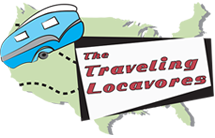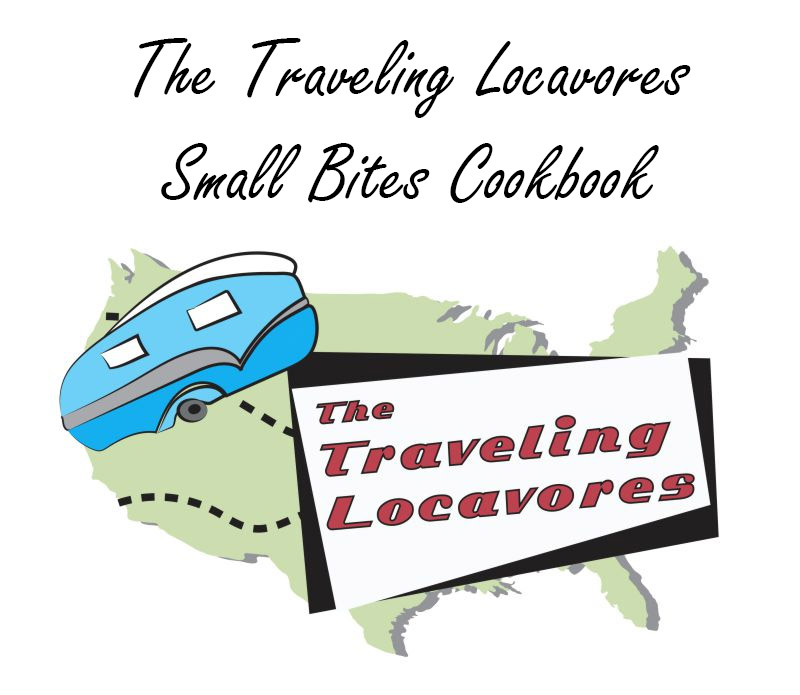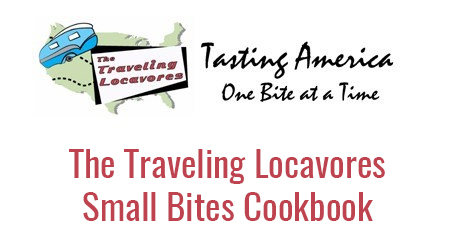As I mentioned in my last post, Liz Williams Is the founder SoFab, the Southern Food and Beverage Museum in New Orleans. She is also the founder of the National Food and Beverage Foundation.

The wonderful Liz Williams SoFab Founder
Liz Williams Founder SoFab
I have been receiving her newsletters for quite a while now, and love reading about what’s going on at SoFab. The more I get to know about Liz, the more I realize what a very special woman she is. That’s why I felt I needed to share about her, with you.
Just how does someone come up with the idea to have a museum dedicated to food and drink? Liz says that she was “Always fascinated by the way the lure of nutmeg and peppercorns motivated the exploration of the world”.
Liz’ background
Liz was born in New Orleans. Her Sicilian heritage meant that she grew up eating food from two great traditions.

Another book co-written by Liz along with Stephanie J. Carter
Photo Credit: SoFab Website
Having graduated from LSU Law gave her the knowledge and authority needed to coauthor a book about the legalities of food and drink, with Stephanie J, Carter. This book, The Encyclopedia of Law and Food, was published by Greenwood Publishing in 2011.

New Orleans A Food Biography by Liz
Photo Credit: SoFab Website

Lift Your Spirits, a book co-written by Liz along with Chris McMillian
Photo Credit: SoFab Website

Unique Eats and Eateries of New Orleans, by Liz Williams
Liz has written several books since then. In 2013 New Orleans: A Food Biography (Affiliate Link) was published by AltaMira. Her book, with a title I love, Lift Your Spirits: A Celebratory History of Cocktail Culture in New Orleans (Affiliate Link), is all about the cocktail culture of New Orleans. It was published by LSU Press in the spring of 2016. Also by Liz is Unique Eats and Eateries New Orleans (Affiliate Link), which was published by Reedy Press in 2019.

Liz’ most recent book – Nana’s Creole Italian Table
Photo Credit: SoFab Website
Her most recent book was released in 2022 and is an ode to her heritage. Nana’s Creole Italian Table (Affiliate link) is a cookbook about the Sicilian community in New Orleans.
How SoFab came to be
2024 marks the 20th anniversary of the Southern Food and Beverage Museum. In one of her newsletters she reminisced about SoFab and how they got to where they are.
Liz was working at the University of New Orleans Foundation when the UNO Foundation opened the Ogden Museum of Southern Art, and at the same time worked on the D-Day Museum which is now the National World War II Museum. What she realized was that she really liked museums, starting them and operating them.
That when she left the UNO Foundation to start a food museum. But why a food museum? Having always been interested in food, she noticed that there weren’t many ways one could study food when she was in college. So instead she became a lawyer. Obviously that wasn’t a great reason for choosing a career in law.
Liz noticed something missing
Liz noted that just about everything related to food that you saw displayed in museums was about the “esthetics of the table”. You saw beautiful silver utensils or hand painted dishes and serving pieces. Items that only the wealthy would have used. But there was no record of what the masses actually used.
Her goal was to “document and preserve the everyday aspects of food and eating and drinking culture. I thought that others would find it interesting. And I think that it is important. What we have thrown away without preserving exemplars is frightening.”
She decided to listen to Nike and “just do it”
What Liz told me was that she had to choose between starting or waiting for funding. She opted to just go for it and get started. So she began putting together a museum. First a nonprofit corporation was formed and they applied for 501(c)(3) status. Then they began discussing plans and ideas with others. It became quite apparent from the get-go that no one had any idea as to what to expect.
What would a food museum be like?
They began by having pop-ups so they could give people an inkling of what they had planned. The very first exhibit was Toast of New Orleans. It opened in the New Orleans Center and later on was re-exhibited at the Louisiana State Museum.
From pop-ups to Riverwalk Marketplace

Our first visit to SoFab at the Riverwalk Marketplace in 2008
Unfortunately, following Hurricane Katrina in 2005, they had to rethink all of their plans! They found a place at the Riverwalk Marketplace, a shopping mall along the Mississippi River, for 5 years. That’s where Steve and I visited SoFab for the very first time. This is where SoFab was incubated.
One of the first things that they learned while at Riverwalk Marketplace, was that they needed a kitchen.They knew that they needed more space. The great thing they learned was that they were on to something.
Research Center and library
From the early days of operations people began to donate artifacts to them. To date only a very small percentage of artifacts have been acquired outside of the donation process. Since some of the items that they received were books, they used them to form the basis of their library. This is now the Research Center.
A partnership with the New Orleans Public library was formed early on. The purpose was to lend them their books since the library was crippled by devastating flooding after Hurricane Katrina. They lost the entire library in those floods! People began donating pamphlets, menus, photographs, and other archival materials.
Because of this influx of a great number of books, and the integration of the archives and artifact holdings they have been able to form a Research Center that can rival centers that are much older and larger. Their major partner in the SoFAB Research Center is Nunez Community College in Chalmette, LA.
New projects
Two other large projects are part of the organization. Nitty Grits Media supports their podcast network, and also has published catalogs and other printed materials. More is coming!
The National Culinary Heritage Register is the other project. This is a “data base of various types of food and drink businesses and foods that have existed for 50 or more years, contributing to the food and drink history of our country. This project is our most recent one, and the one still in development. But such a data base will prove to be a very important asset for those in food studies and in public history.”
To wrap it up
As Liz says: “Food and drink touch everything in life. We need many more food museums, each with its different take on things. So we have been working on this institution for 20 years. And I look forward to having it grow and mature.”
So now you understand what an absolutely amazing woman Liz Williams, Founder SoFab, truly is!!! She’s the reason SoFab is So Fabulous.










Oh my. I don’t know what to say. I am greatly flattered and tongue tied. Thank you
My pleasure Liz! It’s easy to write about someone as amazing as you are. Next time we are back here, which G-d willing will be next March, I’d like to volunteer at SoFab if you’ll have me. As a retired chef I could help with cooking classes or demos.
Meanwhile, have an awesome year!!!
Please let me know when you are next in New Orleans. We would love to have you volunteering with us.
Meanwhile, good and safe travels!
Absolutely! I look forward to it!!!